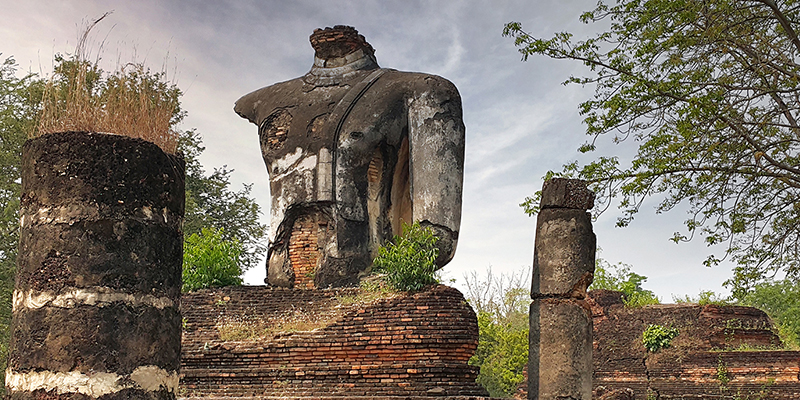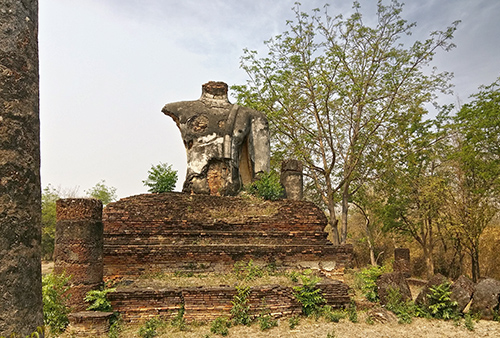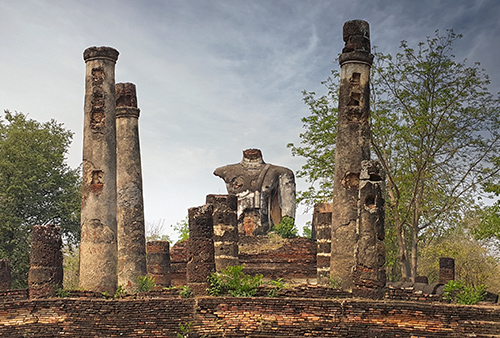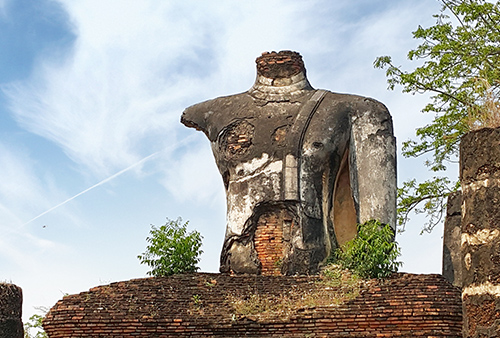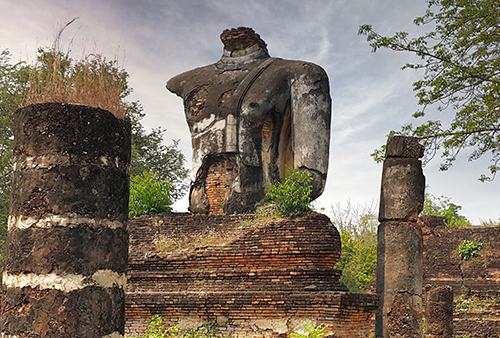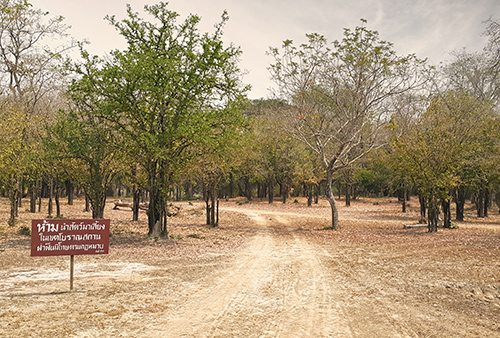Wat Sangkawas
The puzzle of three-tiered sema.
This name means "monk's residence", which has a particularly interesting context of this historical site. Because the temple is far away from the main building of the temple. The section may be a Kuti or monk's residence. It is large and spacious. And, the name appears in the stone inscription as well. But in the royal work of King Rama VI is said that the villagers in this area call this temple in the local dialect that "Sanggawad”
